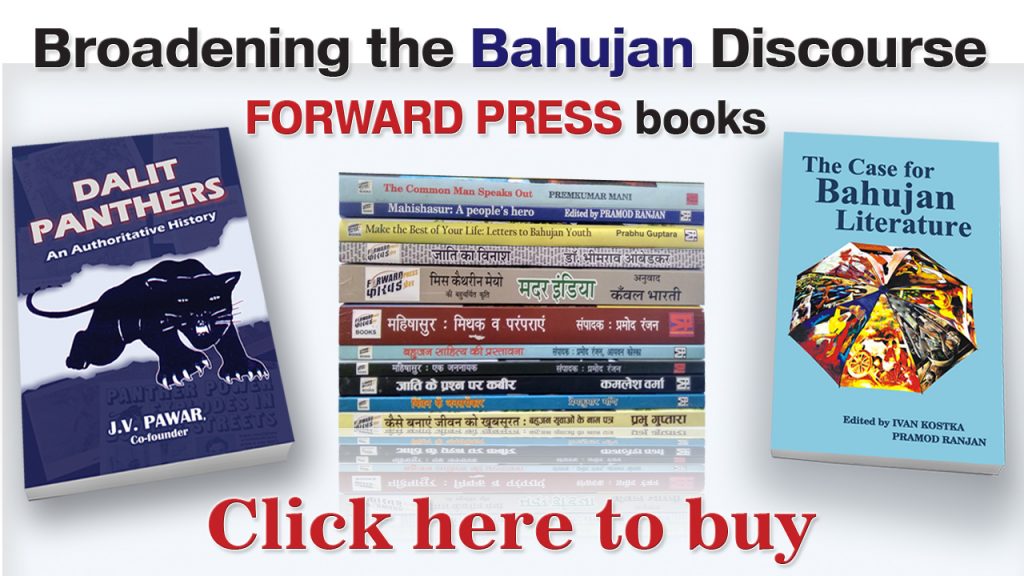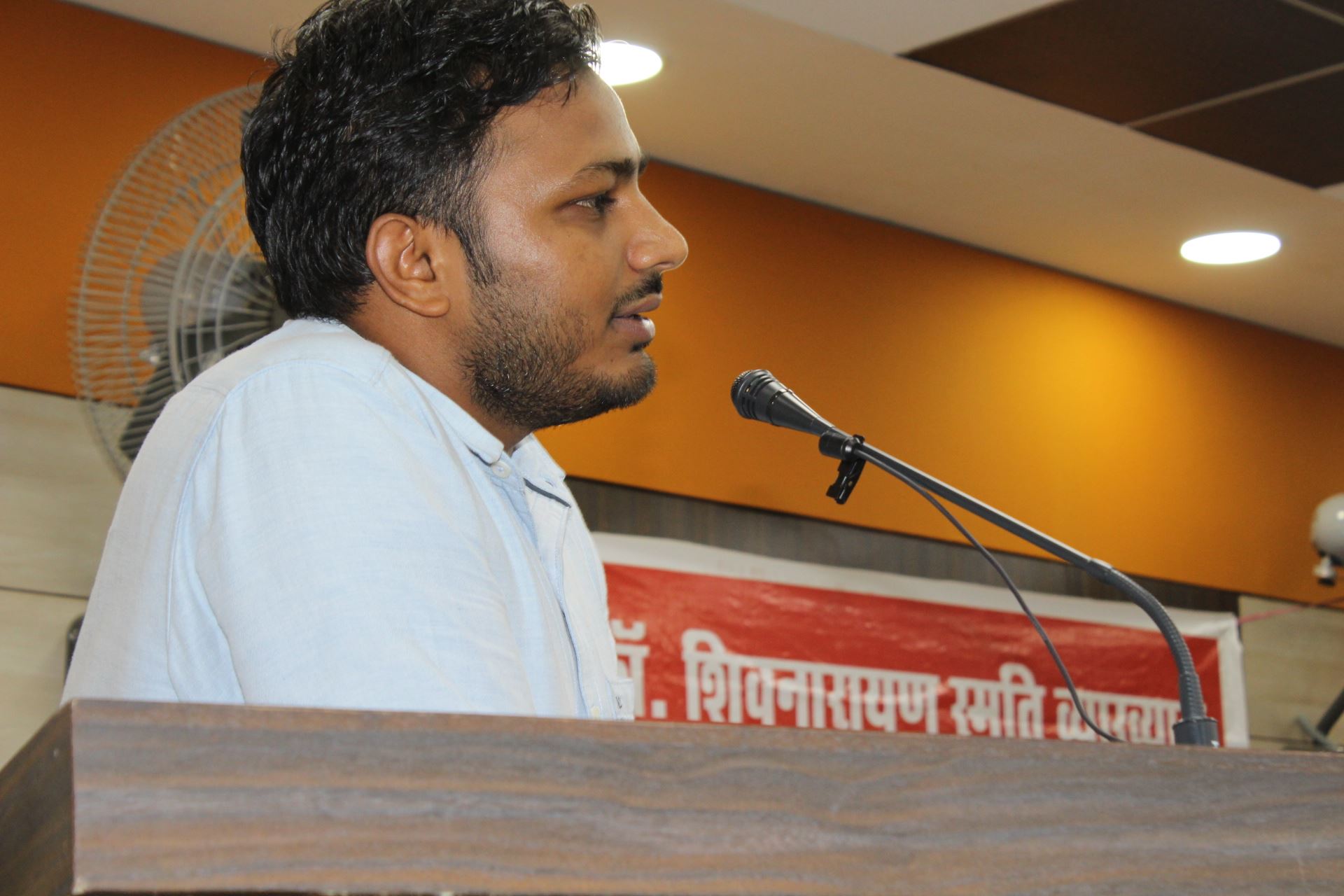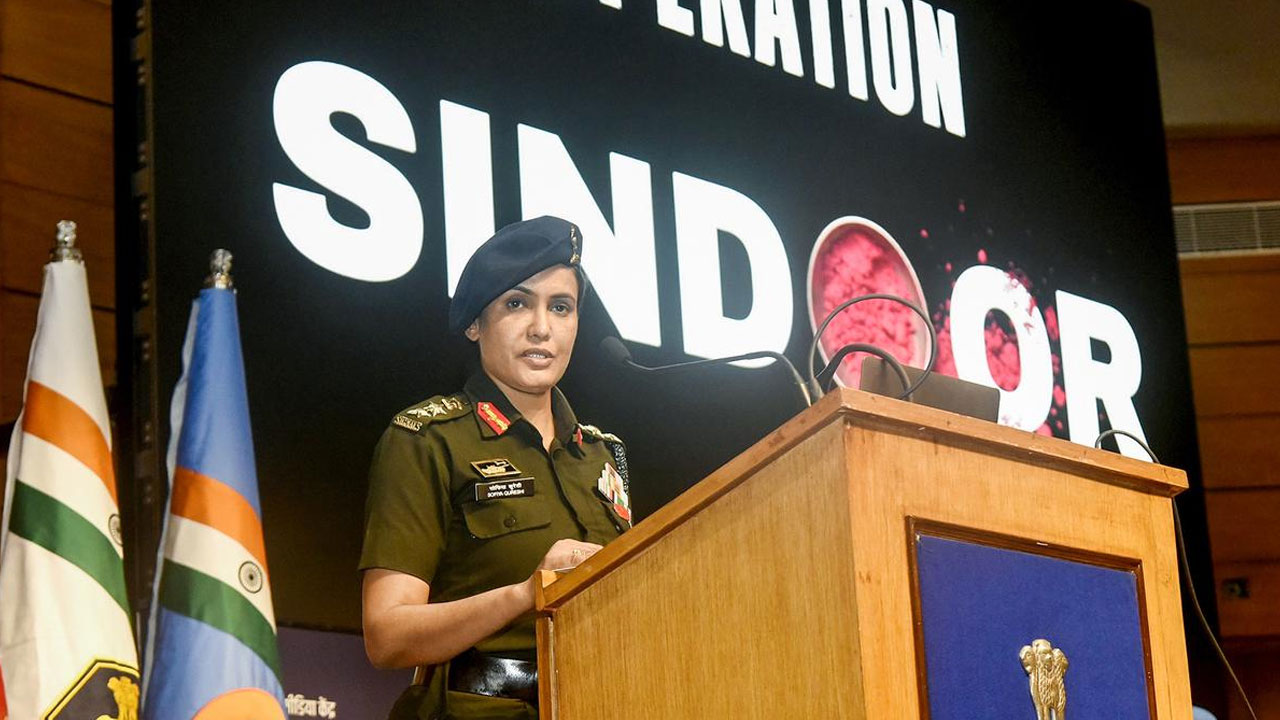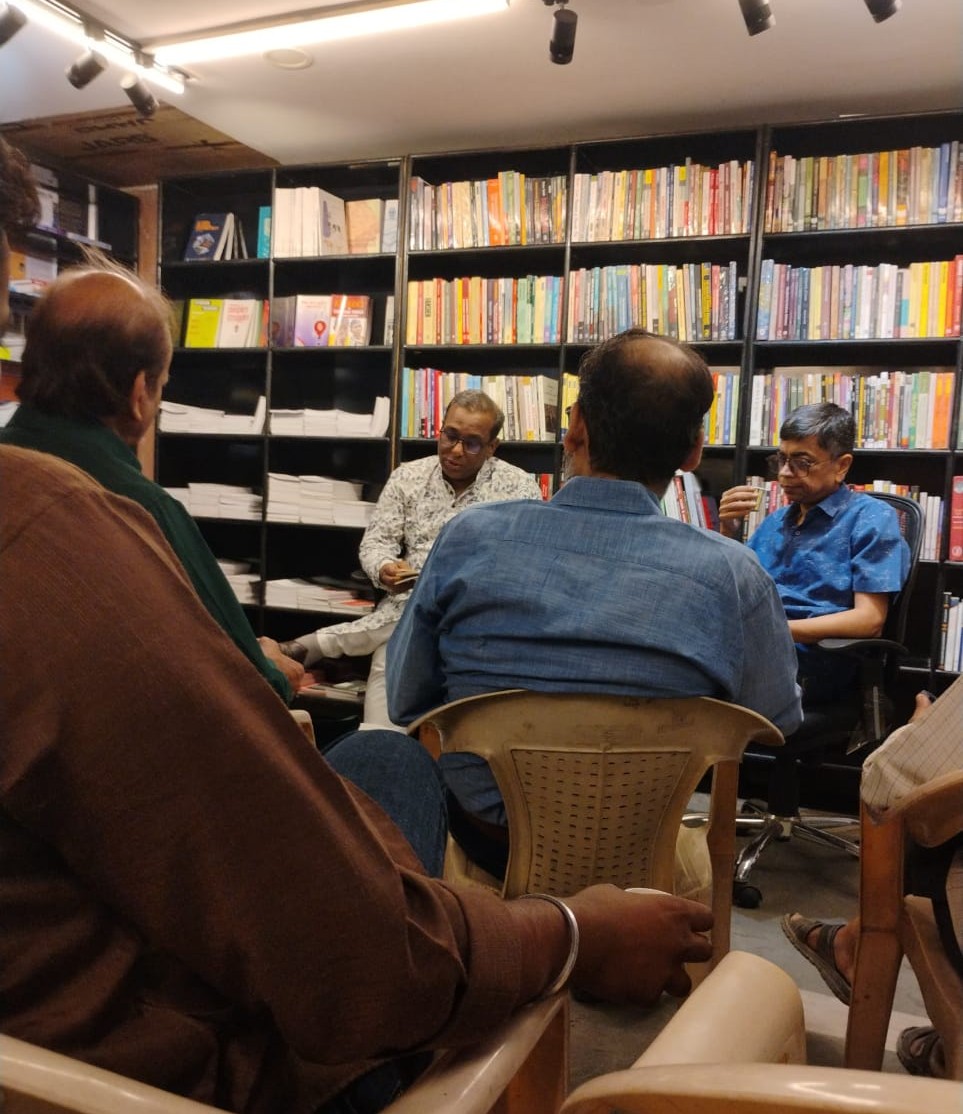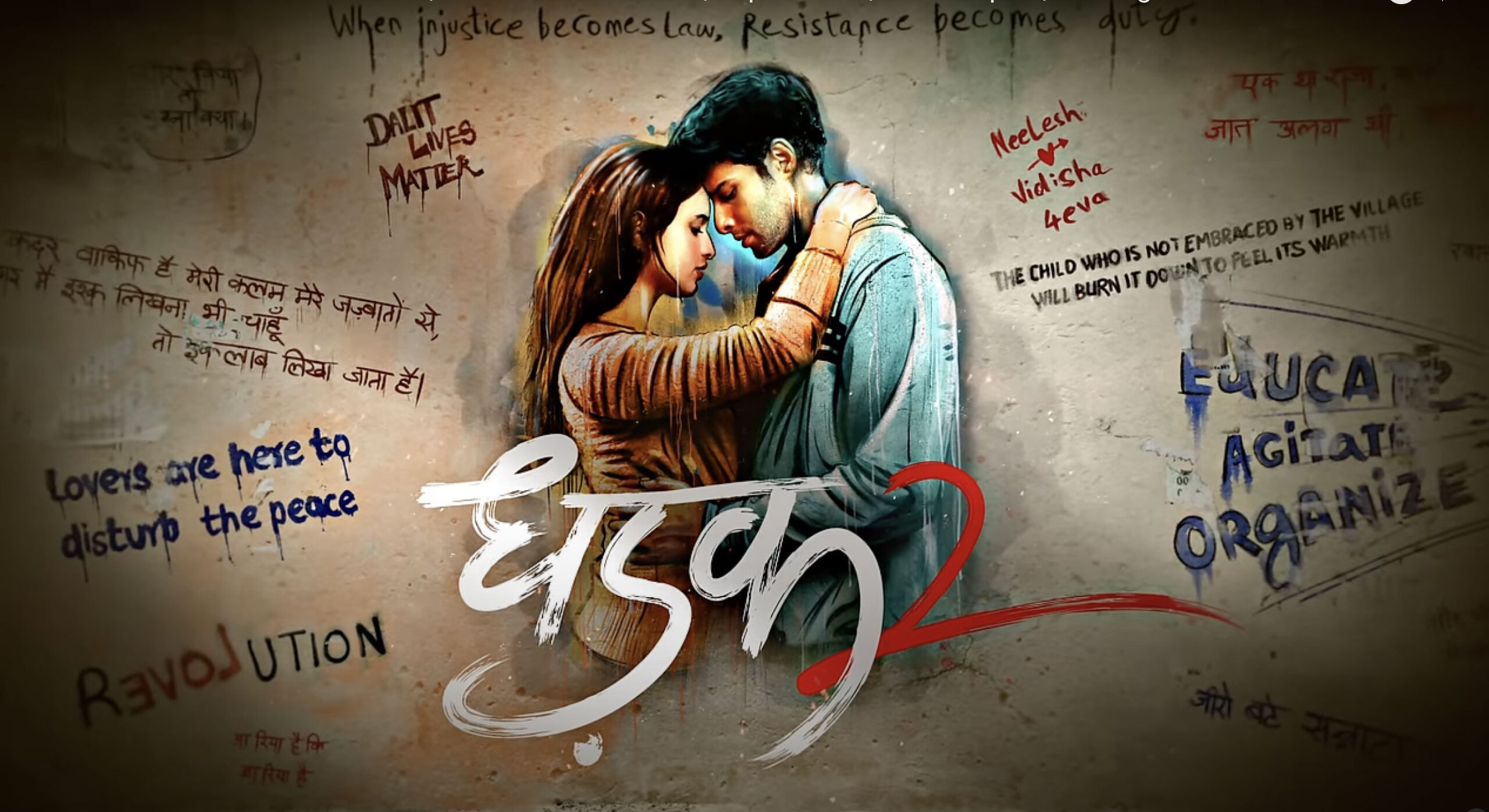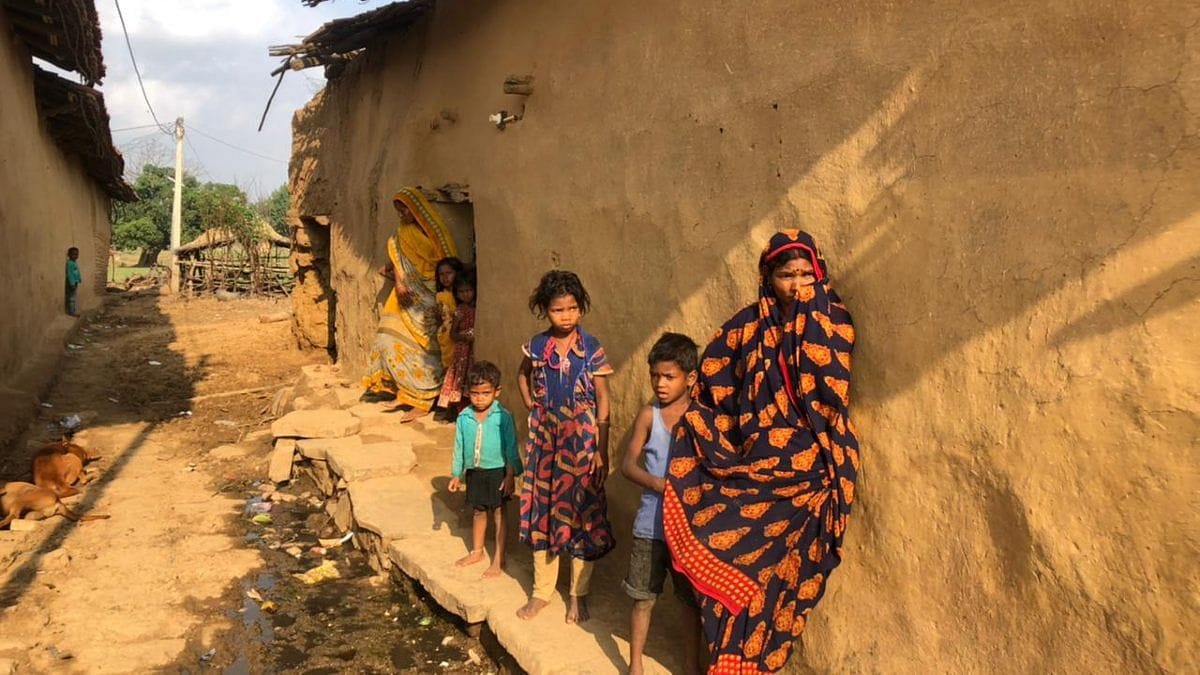The Adivasis are, by far, the most oppressed and persecuted social group in India. What has been grandiosely described in the brahmanical scriptures as epic battles between the gods and the demons was, in fact, a cruel war waged by the outsider Aryans against the Adivasis. For any reader of the accounts of these battles in religious texts or any viewer of TV serials based on them, it would be crystal clear that those who have been branded as Danavs, Rakshasas or Asurs are, in fact, the Adivasis. Brahmanical scriptures portray them as dark-skinned men with broad noses and horns on their heads. They laugh aloud and their women are licentious. Even today, Adivasis wear horns while dancing and Adivasi women are more liberated than the Savarna Aryan women. The nose of the Adivasis is invariably broader than that of the Aryan and their complexion is generally black or wheatish. The brahmanical scriptures gloat how the Rakshasas had to flee in the face of the attack by the Devas, how their women suffered miscarriage, how their villages were burnt down and how and every single one of them was killed.
The fact of the matter is that this is the description of the battles between the invaders and the indigenous inhabitants of India. Those who were captured in these battles were enslaved and consigned to menial jobs. They were forced to live in isolated settlements and were treated as Untouchables. Their land was usurped by the Aryans and other invader tribes. That is why even now, 80 per cent of the Dalits are landless. The indigenous inhabitants who escaped to forests are today’s Adivasis. Most of the Indian castes were a consequence of these battles and in a majority of cases, caste and race are coterminous. Indian casteism is a kind of racism.
In post-independence India, Nehru had a sensitive outlook towards the Adivasis. He was in favour of minimum interference of the State in Adivasi areas. He believed that the role of the State should be limited to providing health, education and other basic facilities to the Adivasis and that their lifestyle and culture should be left untouched.
Indira Gandhi followed the same policy. With the implementation of new economic policies in the 1990s, globalization, privatization and liberalization became the buzzwords, and Adivasis became the main victims of these new policies.
With the globalization of the economy, the capital of the rich nations began flowing towards the poor countries. The rogue capital was keen to control the natural wealth of the Latin American, African and South Asian countries and the Philippines, among others.
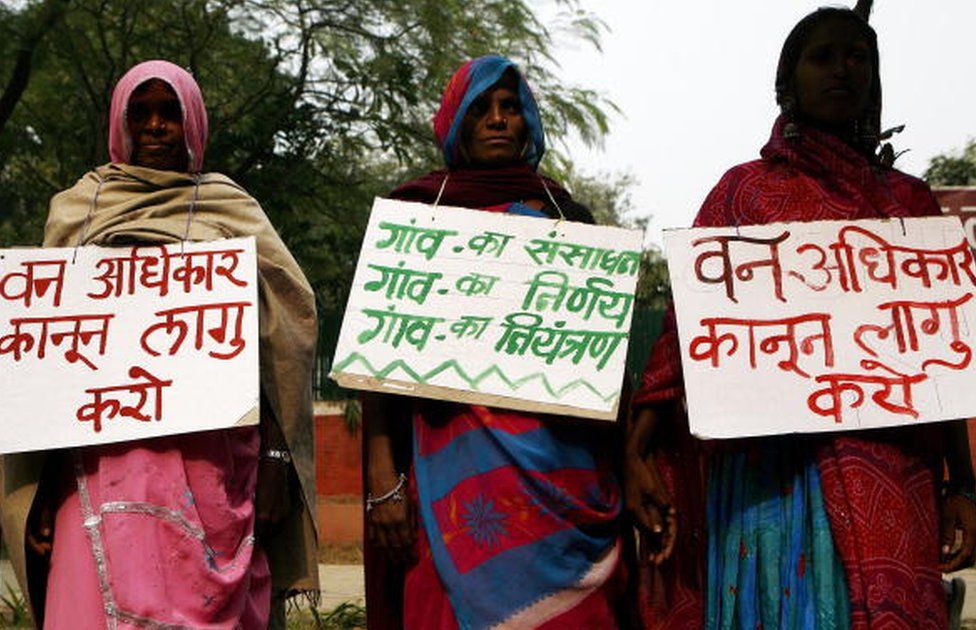
Thus, the capital was drawn to wherever natural resources were. Politicians all over the world started selling the natural resources of their country to the capitalists and began describing it as their success and achievement. Our Prime Minister Narendra Modi says with unconcealed pride that his government has brought lakhs of crores of rupees worth of foreign investment in India.
The countries which did not allow foreign capital to buy out their natural resources were invaded by proxy. The US and other capitalist countries sent multinational armed forces into the oil-producing countries of the world. We were told that they wanted to establish democracy in these nations!
The problem is that natural resources and Adivasis invariably inhabit the same place. So, if you have to exploit the natural resources, you have first get the Adivasis out of your way. But where do you send them to? There is hardly any vacant land left where new villages can be settled. So, now the governments don’t bother with rehabilitating the displaced Adivasis. They simply use security forces to chase them away. Some time ago, the BJP government of Chhattisgarh had launched such a campaign called Salwa Judum. Under the campaign, 650 villages were set afire, thousands of Adivasis were murdered, women were sexually assaulted and a large number of innocent people were dumped into jails. Even today, prisons in Adivasi areas are overflowing with Adivasis. Father Stan Swamy from Jharkhand, who died in prison recently, had published a list of three thousand adivasis languishing in jails.
Soni Sori was subjected to indescribable torture by the BJP government for raising her voice against the oppression of the Adivasis and demanding that their human rights be respected. She was given electric shock and stones were inserted into her private parts. A stick dipped in chilli powder was pushed into the rectum of Soni Sori’s nephew and journalist Lingaram Kodopi. He ended up with perforated intestines. And on top of that, he was thrown into jail.
The Indian Constitution provides special protection to the Adivasis. No law can be implemented wholesale in the Fifth and Sixth Schedule Areas, where Adivasis are predominant. But when the Adivasis of Jharkhand and Chhattisgarh inscribed this provision on slabs of stone and planted them outside their villages, they were charged with treason and jailed.
The Indian Constitution has appointed the President of India as the patron of the Adivasis. But since Independence never has any president used their special powers to stop the oppression of the Adivasis. The presidents did nothing when hundreds of Adivasis villages were consigned to flames or when stones were inserted into the private parts of Soni Sori. On the contrary, the president awarded the officer who had tortured Sori for bravery.
This situation is not limited to any one state. In Bihar’s Kaimur, Adivasi women were thrown behind bars. In Odisha’s Niyamgiri, the Central Reserve Police Force (CRPF) laid siege to an entire hill to protect the interests of Vedanta. In Jharkhand, Saranda was destroyed. In Nandigram and Singur, in West Bengal, houses were burnt down to help the Tatas. On 2 July 2007, 13 Adivasis were murdered in Odisha’s Kalinganagar. It is alleged that before handing over their bodies to their families, policemen had their toes severed. The toes have still not been buried because the Adivasis don’t know which toe is whose. The National Human Rights Commission has accepted that at least 15 Adivasi women of Bastar have evidence to prove prima facie that they were raped by security forces.
Despite so much repression of the Adivasis, despite so many attacks on them, the president of India, the Supreme Court and the mainstream media are absolutely unconcerned.
Where are India’s paramilitary forces deployed? They are deployed in Adivasi areas. Are they there to protect the Adivasis? No, not at all. They are there to take over the natural resources. For whom are they doing this? Are they doing this to end poverty? No. They are securing the natural resources for capitalists.
This is a war for control over natural resources. This war is being fought for the benefit of the corporates and is spreading to newer areas. Now, the farmers and the labourers have also become its victims. Soldiers are used to bring an end to protests of labourers demanding fair wages. They are also used against farmers. Don’t be surprised if, like in Chhattisgarh and Jharkhand, you find CRPF troops stationed in the villages of Punjab, Haryana and Uttar Pradesh.
(Translation: Amrish Herdenia; copy-editing: Anil)
Forward Press also publishes books on Bahujan issues. Forward Press Books sheds light on the widespread problems as well as the finer aspects of Bahujan (Dalit, OBC, Adivasi, Nomadic, Pasmanda) society, culture, literature and politics. Contact us for a list of FP Books’ titles and to order. Mobile: +917827427311, Email: info@forwardmagazine.in)
The titles from Forward Press Books are also available on Kindle and these e-books cost less than their print versions. Browse and buy:
The Case for Bahujan Literature
Dalit Panthers: An Authoritative History

